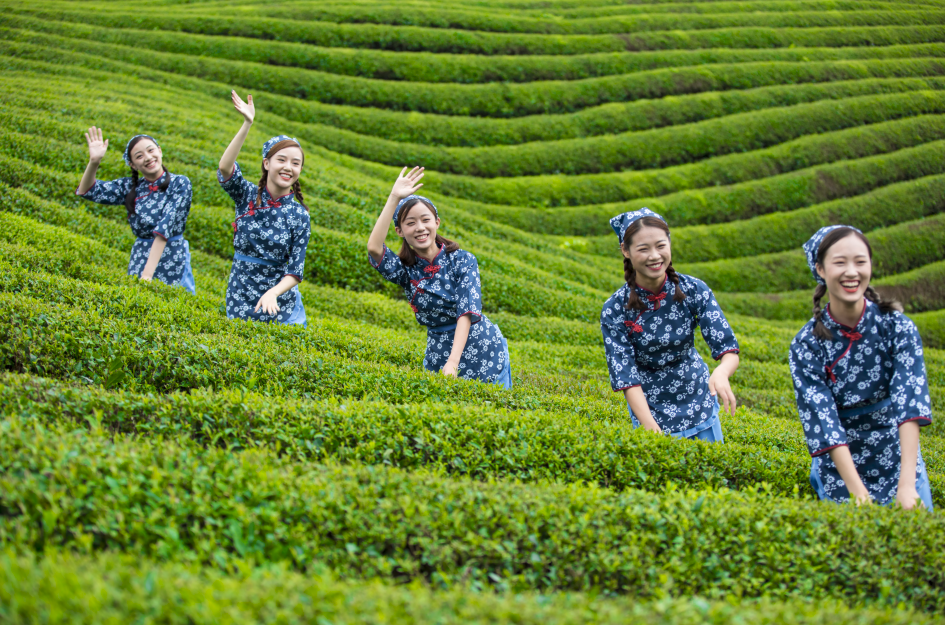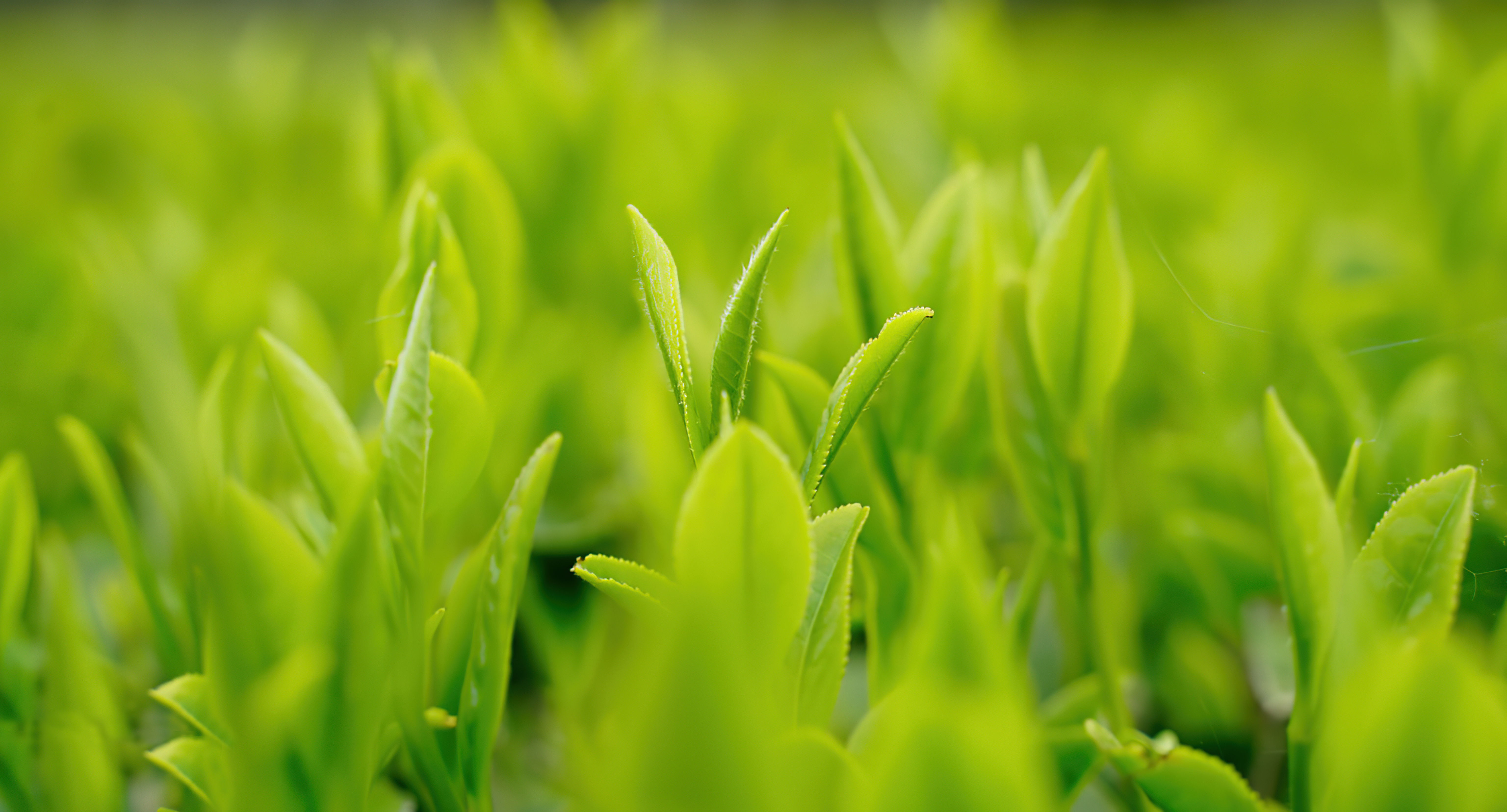The China-EU Agreement on Geographical Indications officially entered into force on March 1, 2021. It is China's first bilateral comprehensive and high-level agreement on the protection of geographical indications (GIs), and an important and practical outcome in the development of China-EU economic and trade relations in recent years.
We will continue to introduce to you the first batch of 100 Chinese GIs and 100 European GIs under the Agreement, to better protect and market them to meet the needs of consumers on both sides for a better life.
GI Episode 19: Wuyuan Green Tea
Wuyuan Green Tea or Wugreen for short is produced in Wuyuan County, Jiangxi Province, China.
Wuyuan, the most beautiful rural area in China, is located in the northeast of Jiangxi Province, surrounded by the Huaiyu Mountains and the Huangshan Mountains. It has a mild climate and abundant rainfall, with a forest coverage rate of 82.64%. Superior ecological environment gives birth to good tea. With green tea planted all over and every household having fragrant tea, Wuyuan is a famous green tea production area in China.

Wuyuan has a long history of tea production. Lu Yu, a famous tea expert in the Tang Dynasty, recorded that “Shezhou Tea was produced in Wuyuan Valley.” Xieyuan Tea from Wuyuan is listed in the Song History: Food as one of the top six famous teas in the country. During the Ming and Qing dynasties, Wuyuan Green Tea was a tribute tea presented to the imperial court.

Wuyuan Green Tea has soft and tender leaves, and thick buds. It is known for its green color, fragrant and rich aftertaste, and clear beverage. It is good for refreshing the mind, clearing the eyes, helping digestion, and eliminating greasiness. When the traditional manual processing technology is adopted for picking, the standard of one bud and one leaf is adopted; after Qingming Festival, the standard of one bud and two leaves is adopted. After the processes of deenzyming, stage drying, sifting, winnowing, shaping, kneading, blending, and so on, the product finally takes form.

As early as the 18th century, Wuyuan Green Tea had made its way into the international market. During the reign of Qianlong in the Qing Dynasty, it was exported to the UK. During the reign of Xianfeng, thousands of cases of green tea produced by the four Wuyuan-based tea factories represented by Yudechang were shipped to Hong Kong, and the New Six Fragrance green tea produced by the Yudesheng tea factory was exported to Western Europe.
All the routes from the ancient tea-horse path to China Railway Express, and from the Maritime Silk Road to the Belt and Road see the shipment of Wuyuan Green Tea. Today, many years have passed by. Enjoying wide fame, the Wuyuan Green Tea is exported to more than 60 countries and regions in the EU, North America, Middle East, North Africa, Australia and Southeast Asia.
